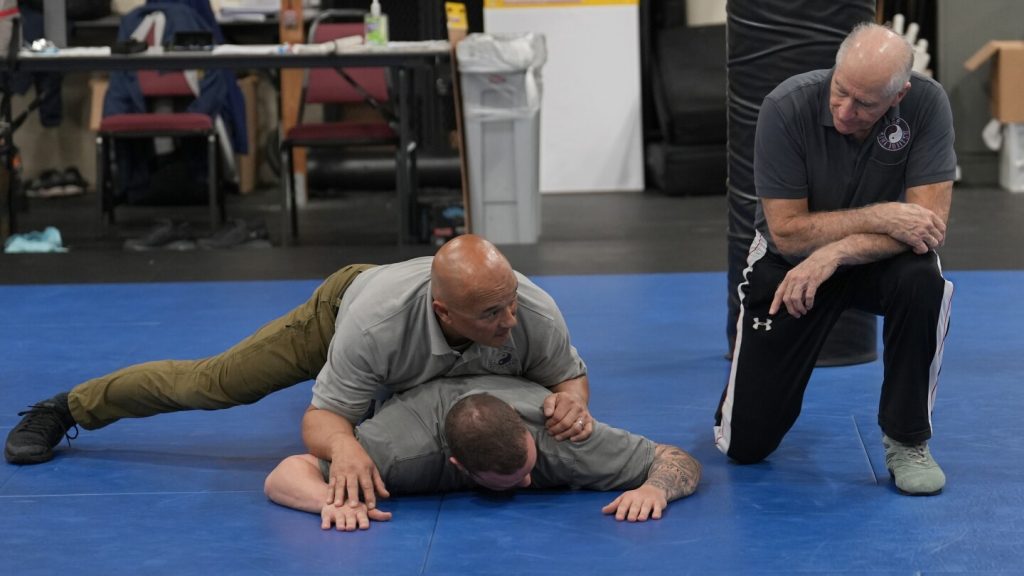A recent Associated Press investigation has found that the tactic of prone restraint, where individuals are handcuffed and pinned facedown on the ground, can be deadly if officers apply too much pressure or keep them in this position for too long. Despite recommendations dating back to 1995 to turn individuals onto their side after they are cuffed to prevent dangerous restriction of breathing, some officers continue to use this tactic improperly on the streets, leading to unnecessary deaths. Prone restraint was involved in over 740 documented cases of individuals dying after encounters with law enforcement, making it the most prevalent but misapplied force tactic.
The training and standards for officers regarding prone restraint vary significantly across the United States, with each state setting its own requirements for what must be taught at training centers. While some states include instruction on positional asphyxia, which occurs when the chest cannot expand, in their training programs, others do not. In cases where individuals died after prone restraint, it was found that some officers had received training on the potential risks but failed to act promptly to prevent harm, while others had no knowledge of the dangers associated with this tactic. Common misconceptions such as the belief that if someone can talk they can breathe persist among officers, highlighting the need for better training.
Despite efforts to address the risks associated with prone restraint, including legislation passed in California in 2021, some instructors at state-certified training centers continue to teach that holding someone facedown is a best practice. One senior instructor in California, David Rose, who has taught officers for 40 years, believes that prone restraint is safe if done with minimal pressure and that it does not pose a serious risk of positional asphyxia. However, medical officials cited prone position or asphyxia due to restraint as a cause or contributing factor in numerous cases documented by the AP, indicating the limits of such beliefs and the need for proper training.
Studies produced by police-aligned lawyers, professors, and experts who defend officers in court cases have been used to support the belief that prone restraint is not a significant risk for positional asphyxia. However, in cases where officers used prone restraint along with other forms of force, medical officials often cited the prone position or asphyxia due to restraint as contributing to the individual’s death. The issue of whether prone restraint led to death is often complicated by factors such as drug use or underlying medical conditions, making it difficult to determine the exact cause in some cases.
The AP’s investigation has prompted action from authorities in California, where the teachings of an instructor who believes prone restraint poses minimal risks have been called into question. The California Commission on Peace Officer Standards and Training has notified the training center where the instructor works that they are not compliant with the law, indicating a need for further review and potential changes in training practices. This ongoing investigation highlights the need for consistent and comprehensive training for law enforcement officers across the country to prevent unnecessary deaths and ensure public safety. The Associated Press’s global investigative team can be contacted for more information on this issue and other criminal justice topics.


